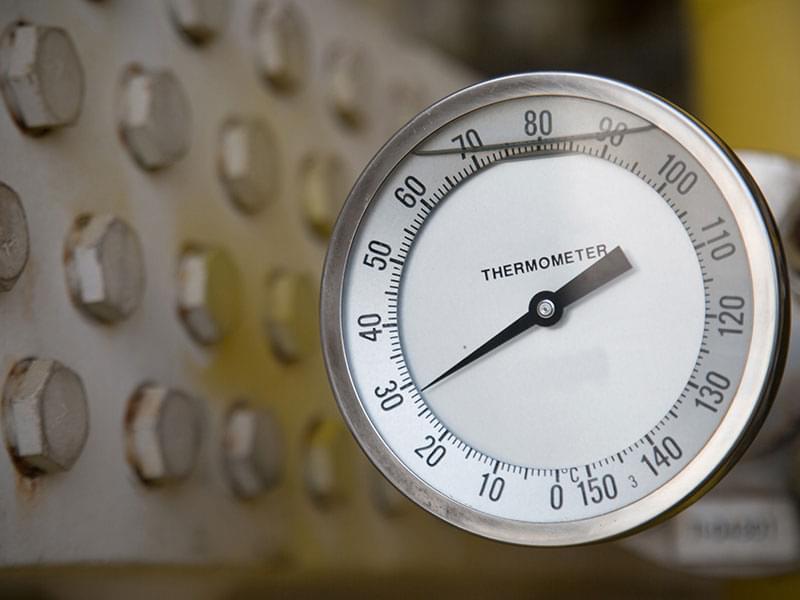Product durability testing covers a wide range of industries.
Vehicles,
aircraft, water vessels, and
construction equipment require the assurance that their hoses, pumps, and other
components will work in challenging conditions, while
electronic devices need a defined service life for circuit board lights and components. A major factor that affects all of these products is their service environment.
Testing engineers use two main approaches to
temperature testing to seek the environmental limits of a material or assembled component:
- Static. A static test exposes the material or component to an extreme temperature for an extended period of time.
- Cycling. A cycling test exposes the material or component to extreme temperature swings alternating between hot and cold for a short period of time.
While static and cycling tests can find the impacts of aging and extreme temperatures, they don’t account for an abrupt change in temperature, like going from a runway to high altitude or from a warm garage to winter conditions. These immediate changes can cause poor application performance, especially in brittle materials with poor heat conductivity, and they are assessed through what we refer to as
thermal shock testing.
Thermal shock testing is becoming more important as the automotive, aerospace, heavy equipment, and marine industries evolve. A few specific factors leading to this increased demand include:
Miniaturization of Parts
Smaller parts and equipment are more susceptible to heat-related failure.
Production Processes
New manufacturing processes can expose components to extreme temperatures. For example, reflow soldering that attaches electrical components to their contact pads generates heat that could disrupt the final product’s functionality.
The Rise of Electronics
Modes of transportation used to rely mostly on mechanical parts. Today, vehicles, aircraft, and everything in between feature a bevy of electronic components that aid in vital functions like navigation and diagnostics.
A Need for Lighter Parts
The
automotive industry has moved toward utilizing lighter, stronger parts to make vehicles safer and more fuel efficient, and other industries are expected to follow suit. This shift requires information on how these lighter parts will handle extreme temperature changes.
Changes Under the Hood
Rapid changes in temperature aren’t limited to the outside environment. Engine compartments under the hood, for example, can heat up extremely quickly after being parked in a cold garage or street.
With so much evolution in the market, it’s becoming more important than ever to think about environmental stress factors and explore thermal shock testing requirements for your products. The experts at Smithers can conduct standard
thermal shock testing protocols or help you design a thermal shock testing program that will identify weak areas, cracking, fatigue, and loose connections so you address them before going to market.

